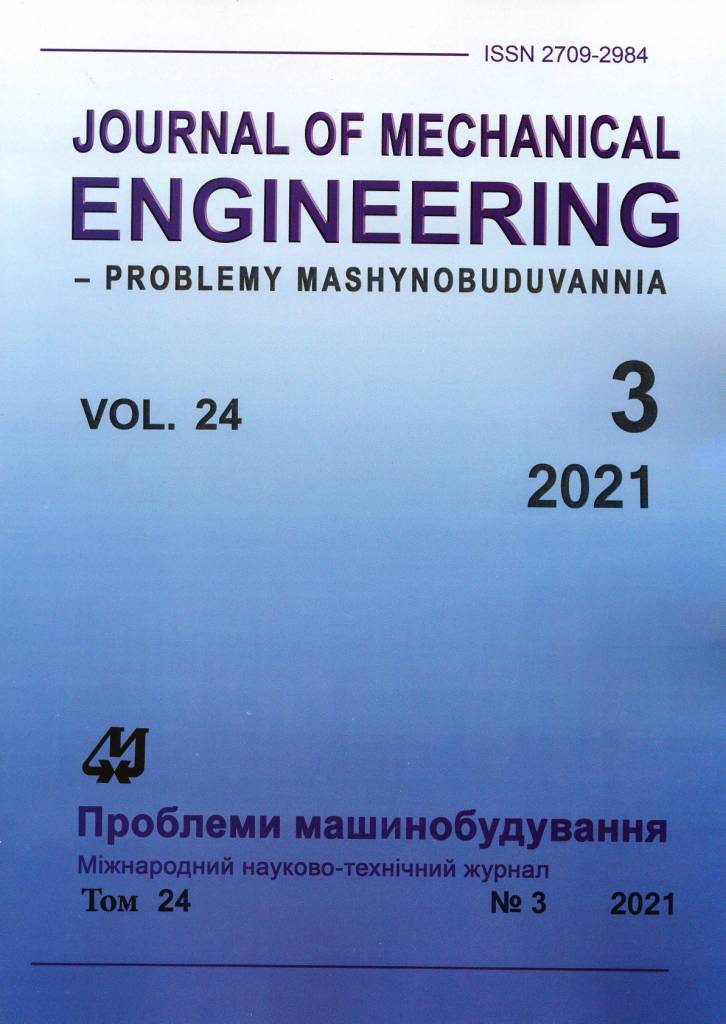An Integrated Approach to the Optimization of Plates in Plane Stress State Operated at High Temperatures
Abstract
Many critical elements of building and machine-building structures during their operation are in difficult operating conditions (high temperature, aggressive environment, etc.). In this case, they can be subject to a double effect: corrosion and material damage. Corrosion leads to a decrease in the cross-section of a structure, resulting in stress increase therein. In turn, damage to the material is accompanied by the appearance of microcracks and voids therein, due to inelastic deformation (creep), leading to a deterioration in its physical properties (for example, the elastic modulus) and a sharp decrease in the stress values at which the structure is destroyed. This article continues the study in the field of the optimal design of structures subject to the aforementioned double effect by the example of the optimization of plates with holes in the plane stress state, exposed to high temperatures (in previous works, the use of this approach was demonstrated in the optimization of the bending elements of rectangular and I-sections). Used as a corrosion equation is the modified Dolinsky mode, which takes into account the (additional) effect of the protective properties of an anticorrosive coating on the corrosion kinetics. Taken as a kinetic equation describing the change in material damage, is Yu. N. Rabotnov’s model, which enables to determine the duration of the incubation period of the beginning of the tangible process of material damage. To study the stress state of a plate, the finite element method is used. With a given contour of the plate, found is the optimal distribution of the thickness of the finite elements into which the given plate is divided. Acting as a constraint of the optimization problem is the parameter of damage to the plate material. The approach proposed in this work can be used to solve similar problems of the optimal design of structures operating under conditions of corrosion and material damage, using both analytical solutions and numerical methods.
Downloads
Published
Issue
Section
License
Copyright (c) 2021 М. М. Фридман

This work is licensed under a Creative Commons Attribution-NoDerivatives 4.0 International License.
All authors agree with the following conditions:
- The authors reserve the right to claim authorship of their work and transfer to the journal the right of first publication of the work under the license agreement (the agreement).
- Authors have a right to conclude independently additional agreement on non-exclusive spreading the work in the form in which it was published by the jpurnal (for example, to place the work in institution repository or to publish as a part of a monograph), providing a link to the first publication of the work in this journal.
- Journal policy allows authors to place the manuscript in the Internet (for example, in the institution repository or on a personal web sites) both before its submission to the editorial board and during its editorial processing, as this ensures the productive scientific discussion and impact positively on the efficiency and dynamics of citation of published work (see The Effect of Open Access).

